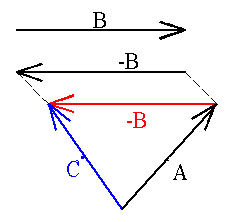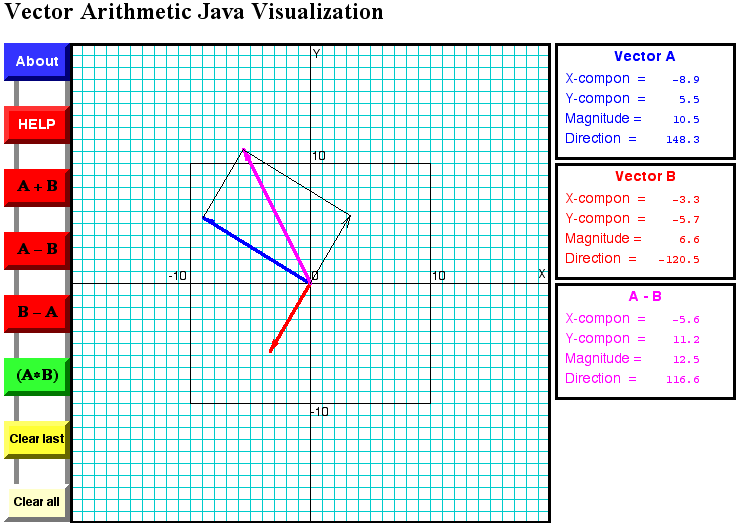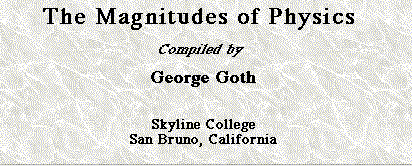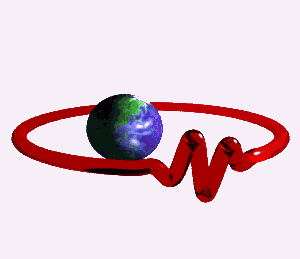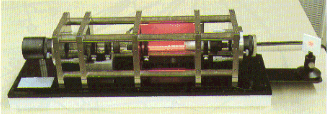
National Research Laboratory of Metrology, Japan.
http://www.nrlm.go.jp/keiryou-e.html
This is the official site of Japanese Standards. It shows how each of the seven bases or Standard SI units are defined. Pictures of the SI standard units are included.
Other interesting metric sites are The National Institute of Standards and Technology's Metric Page and Russ Rowlett's site of The International System of Weights and Measures (SIPM), a basic introduction to the metric system.
